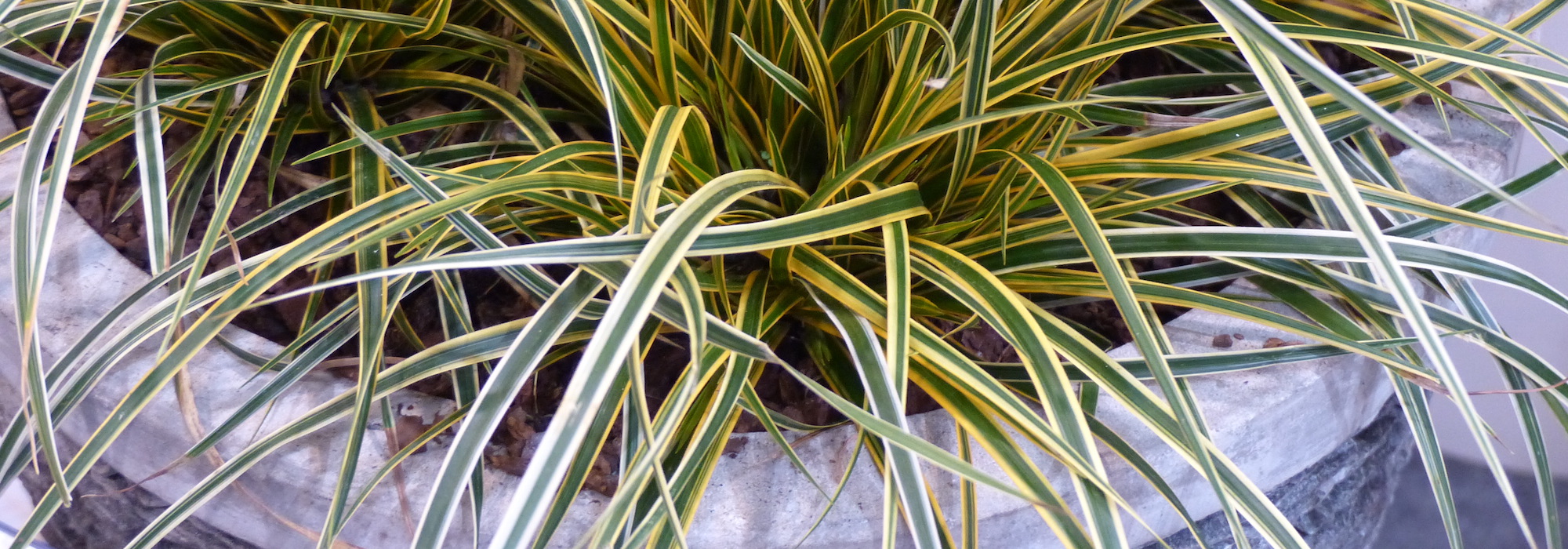
Growing and caring for Carex in pots
Planting tips and care advice
Contents
They are more commonly known as sedges, but also as bulrushes: these plants, recognisable by their long and slender leaves, adorn many gardens, as well as terraces and balconies. Unfussy, they thrive just as easily in open ground as in pots. So if you’re not lucky enough to have a garden, you can bring a touch of greenery to your balcony by opting for this easy-to-grow grass, which is completely accessible to beginner gardeners. Here are all the tips you need to know before you start growing sedges in pots.
Planting carex in pots: a simple task for everyone!
You can treat yourself to a Carex testacea as well as a Carex buchananii, perfect varieties for pot cultivation, allowing you to create a stunning variegated display of carex. To enhance these specimens and ensure they thrive for as long as possible, simply follow these recommendations.
Choosing the pot and variety of Carex
Carex often reaches a height and spread of between 40 and 60 cm at ripeness: always take the time to check the dimensions of the plant when choosing your pot. Ideally, select smaller sedges for pot cultivation, especially if you have limited space. For the most compact balconies, you might consider the Mountain Sedge (Carex montana), which does not exceed 20 cm in height and 30 cm in spread. Carex that do not exceed 50 or 60 cm are perfectly suitable for pot cultivation.
Planting Carex in pots: substrate and care during the first few weeks
You can plant carex in early autumn (September and October) or in spring, between April and May. If you have chosen a rather tender species (Carex comens, testacea, buchananii), it is better to wait until spring to plant it.
- One hour before planting your sedge, soak the root ball in water for 10 minutes to ensure it is fully hydrated;
- At the bottom of the pot that will hold the plant, place a 3 cm layer of gravel or clay balls to ensure optimal drainage;
- Ideally, mix garden soil with good potting compost, or just use potting compost if you do not have a garden;
- Add substrate and place the root ball so that the top of the root ball is level with the surface of the pot. Finally, fill in with more substrate.
You do not need fertiliser. However, be sure to water the pot generously during the first few months.
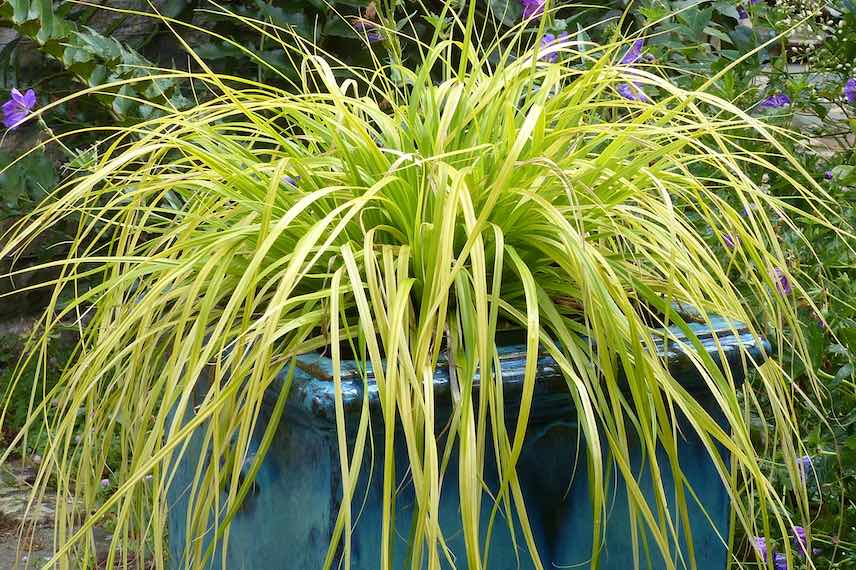
Carex oshimensis ‘Everillo’ grown in a pot
Read also
Carex: planting, dividing and careCaring for your potted carex on a daily basis
Carex are robust plants that require very little maintenance:
Exposure: avoid all extremes
Carex can be planted in full sun or partial shade. Carex oshimensis does relatively well in the shade. Just avoid scorching sun and overly dense shade.
Watering and care
If you are looking for tips for caring for Carex, note that generally, they need slightly moist soil without being waterlogged, hence the importance of good drainage. When watering, always ensure that water does not stagnate in the saucer, as this can be harmful to the roots, which may rot. Some species like Carex pendula or ripara need the substrate to remain moist, but we advise against them if you do not want to spend all your time watering.
In pots, the substrate tends to dry out very quickly, which is why it is important to water regularly. Do not let the substrate dry out.
Pruning, propagation, and repotting Carex in pots
Unlike deciduous grasses that need to be pruned at the end of winter, sedges do not require any pruning. You can simply remove the dead leaves.
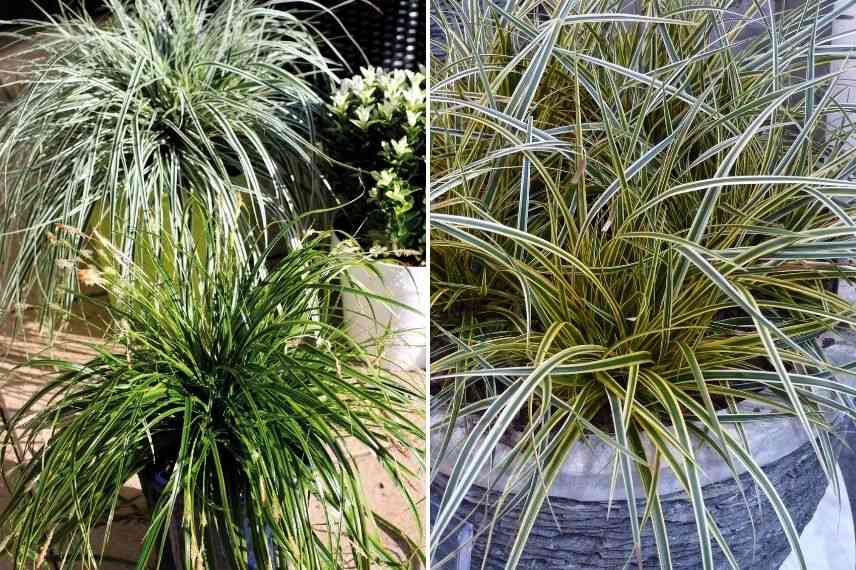 Carex oshimensis ‘Everglow’ on the right, grown in a pot
Carex oshimensis ‘Everglow’ on the right, grown in a pot
In general, repotting is done every 2 to 3 years when your Carex becomes root-bound. For this, after the last heavy frosts of spring, remove and divide the clump into 3 or 4 pieces using a knife or spade. Replant the divisions immediately, one per pot. Water generously.
Discover other Carex
View all →Available in 0 sizes
Available in 3 sizes
Available in 1 sizes
Available in 3 sizes
Available in 1 sizes
Available in 2 sizes
Available in 1 sizes
Available in 2 sizes
Available in 3 sizes
Available in 1 sizes
- Subscribe!
- Contents
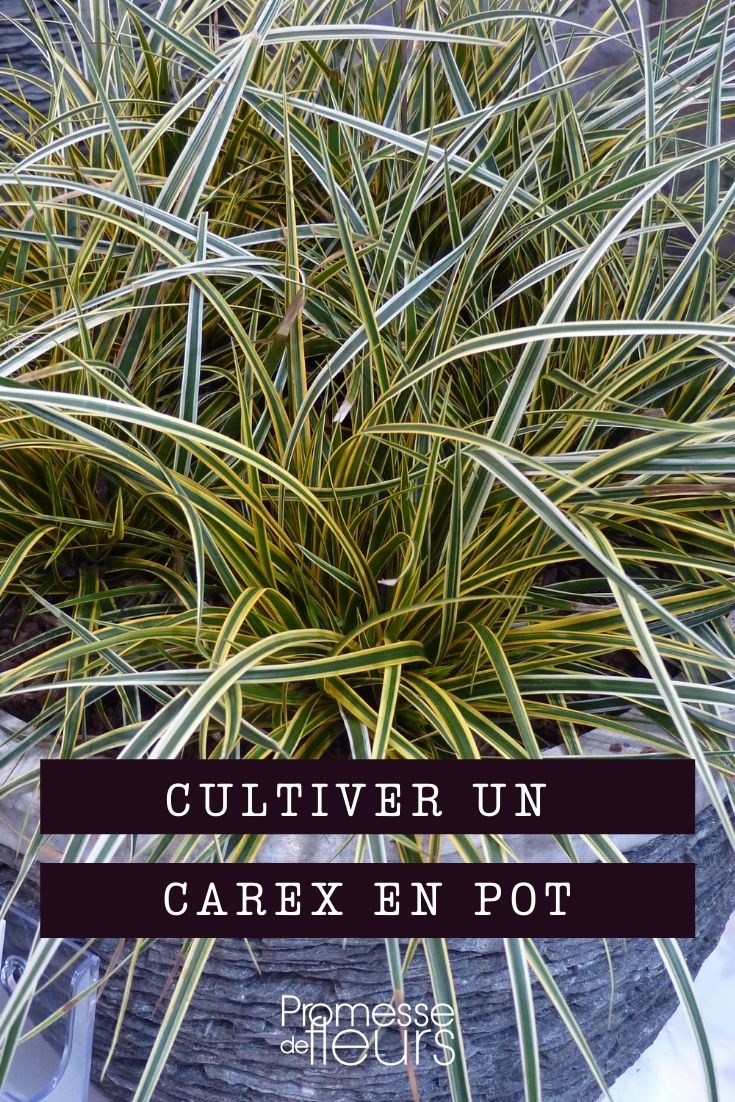































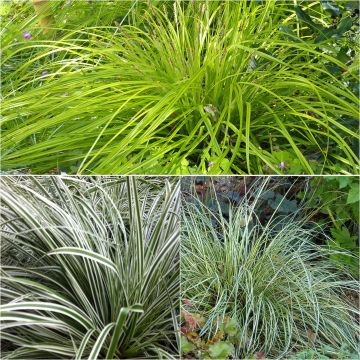
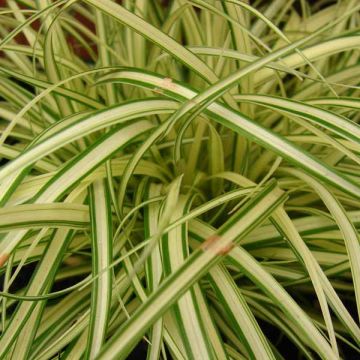
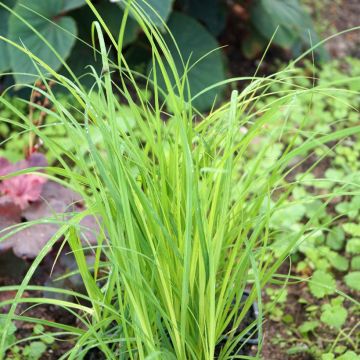
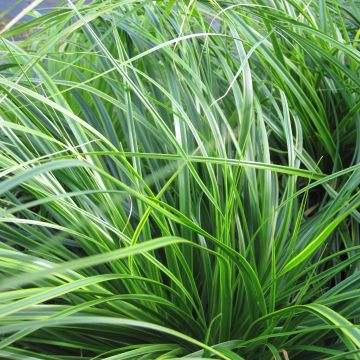
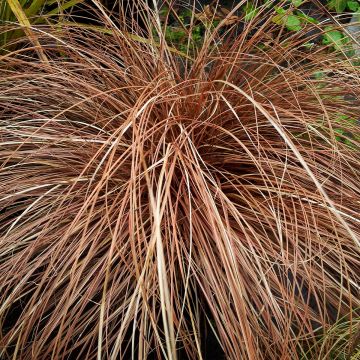
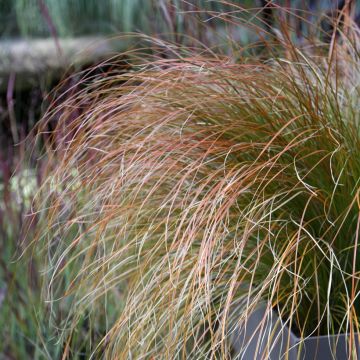
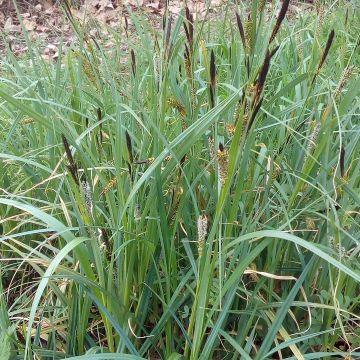
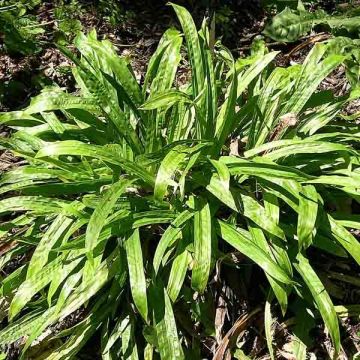
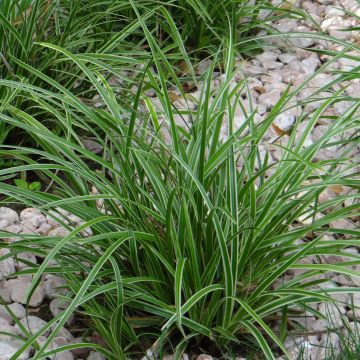
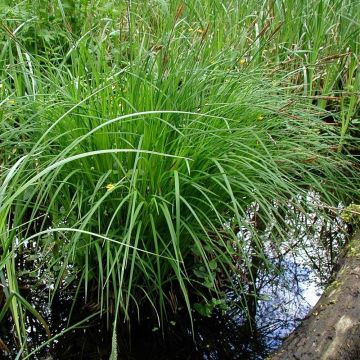
Comments